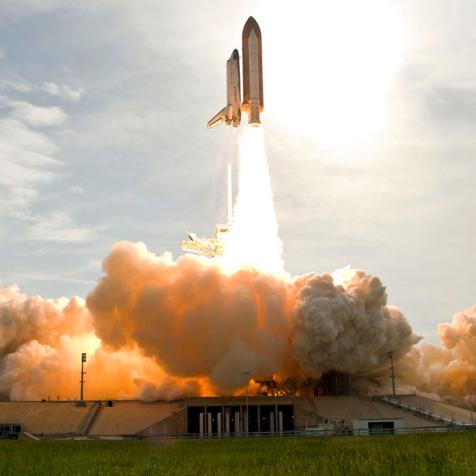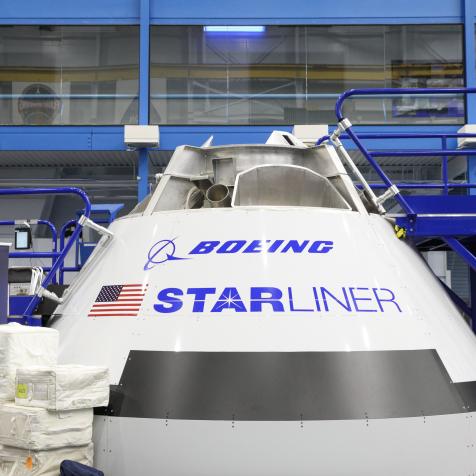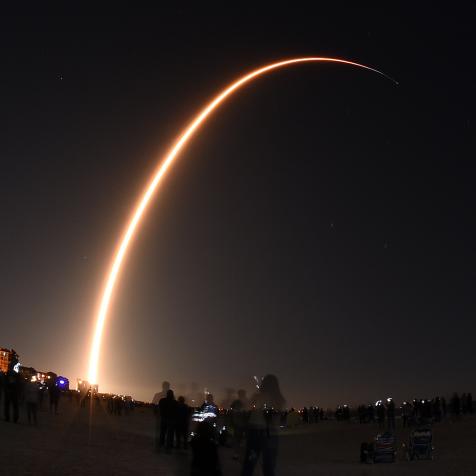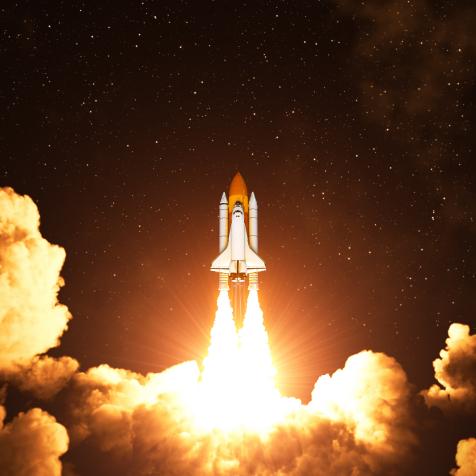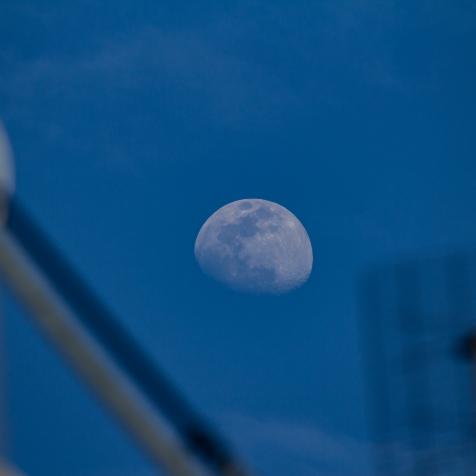
NASA
6 Months in Space Permanently Ages Bones by 10 Years
Astronauts on long-term space missions can experience bone loss equivalent to two decades of aging. New research suggests more weight-bearing exercises in space could help offset that decline.
In 2021, NASA astronaut Mark Vande Hei broke the record for the longest single spaceflight in NASA’s history. He spent 355 days, almost 12 months, aboard the International Space Station.
The former Russian cosmonaut Valeri Poliyakov holds the world record for the longest single stay in space, staying aboard the Mir space station for more than 14 months. In his entire career, his combined space experience is 22 months.
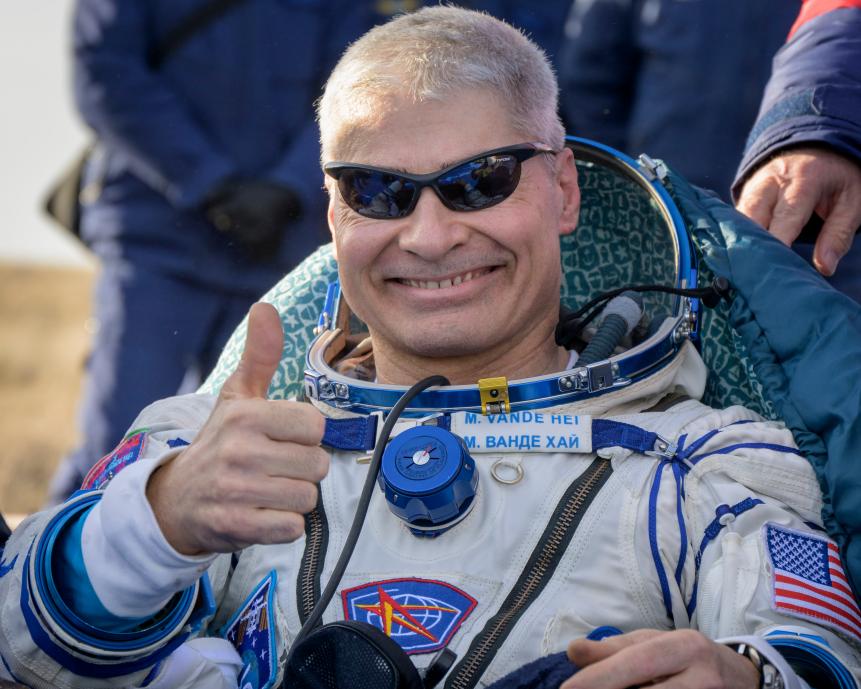
Bill Ingalls/NASA
NASA astronaut Mark Vande Hei is seen outside the Soyuz MS-19 spacecraft after he landed with Russian cosmonauts Anton Shkaplerov and Pyotr Dubrov in a remote area near the town of Zhezkazgan, Kazakhstan.
But new research shows that extended space missions could have a long-term impact on astronauts’ health.
Bones are living tissue, continually regenerating and plenishing themselves. But without gravity, bones lose strength.
On earth, gravity applies a constant load to the skeletal system, causing healthy bones to maintain their density in order to support the weight of the body. In the weightless environment of space, bones no longer have to support the body against gravity, so the production of osteoplasts decreases. This causes an imbalance between the formation of new bone cells and the removal of old ones. Especially in load-bearing bones, this causes a loss in bone density.
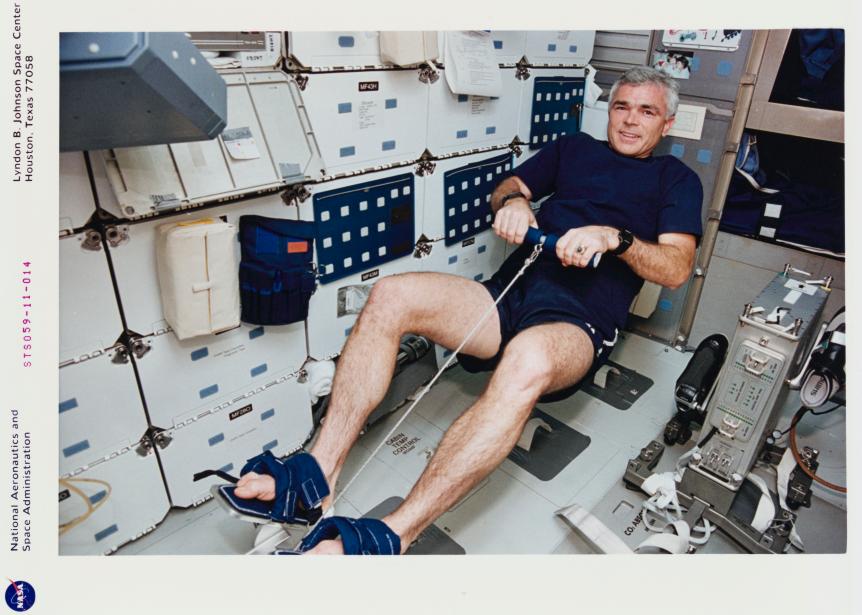
Space Frontiers
Astronauts typically work out for two hours a day.
Leigh Gabel, an exercise scientist at the University of Calgary, and her team decided to track 17 astronauts to further understand the impacts of zero gravity on the skeletal system.
The 14 male and three female astronauts had an average age of 47, and all spent four to seven months in space. Using HR-pQCT, or high-resolution peripheral quantitative computed tomography, the team measured the 3-D bone architecture of the astronauts' lower legs and arms. They measured this at four points in time– before space flight, directly after the astronauts returned from space, then six months and one year later.
The astronauts who had been in space for fewer than six months were able to gain their bone strength back within a year back on earth. But the astronauts who had been in space longer than six months experienced permanent bone loss in their shinbones, equal to a decade of aging.
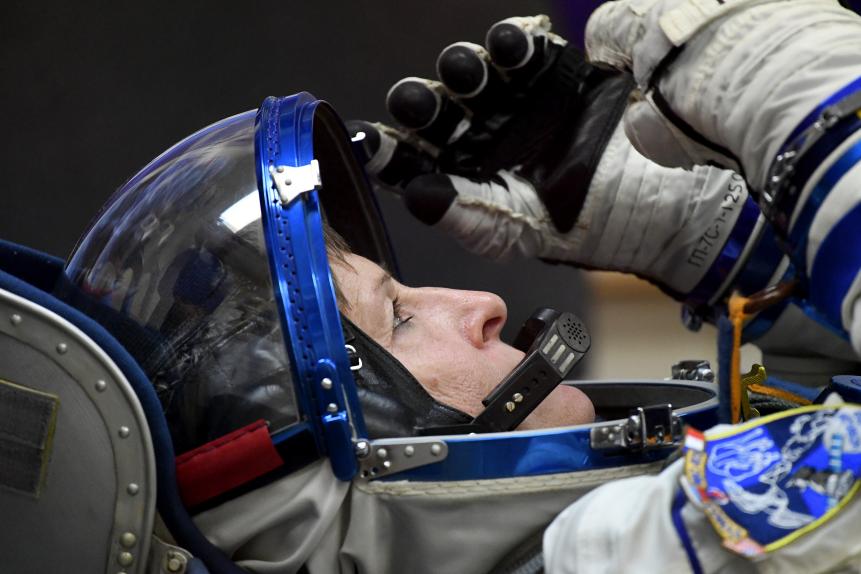
KIRILL KUDRYAVTSEV
NASA astronaut Peggy Whitson is the record-holder for most cumulative days in space, with 665 days.
“With longer spaceflight, we can expect bigger bone loss and probably a bigger problem with recovery,” says physiologist Laurence Vico. The results are especially concerning given a crewed mission to Mars could take 21 months.
“We really hope that people hit a plateau, that they stop losing bone after a while,” says exercise student Steven Boyd.
Gabel and her colleagues are part of a planned NASA study to research the effects of a year in space on more than a dozen systems within the human body.











